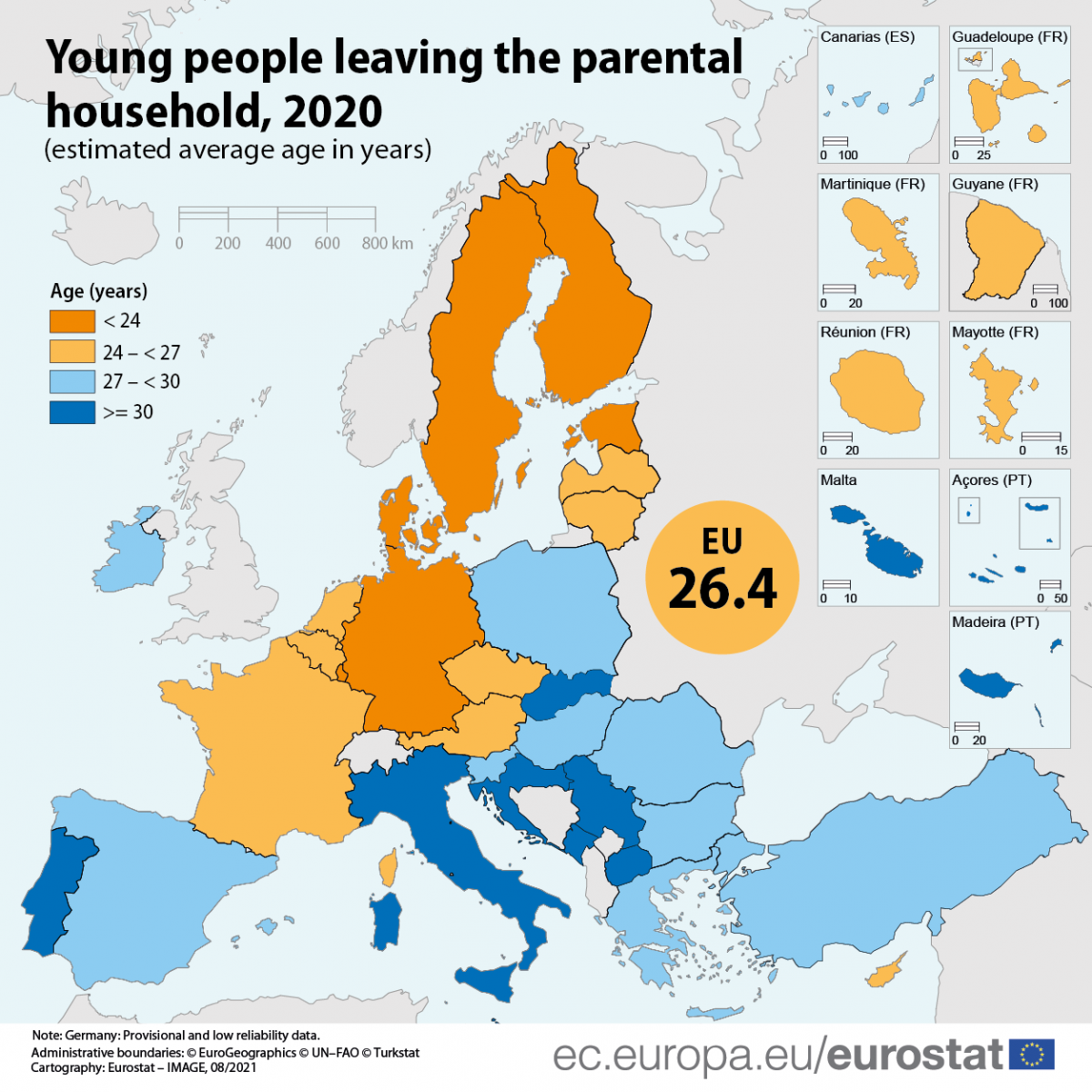
Why are Western apps more minimalistic than Asian apps? | by Bas Wallet | Nov, 2023
[ad_1]
The more individualistic a country is, the more people on social media use it as a one-directional communication platform.
There are many sociological reasons why certain countries are more individualistic than others.
One of these reasons is economic advancement. When families have more disposable income, it’s more likely each child will have their own room, potentially with their own laptop or TV, and even their own car. This naturally means more privacy.
How important privacy is to each culture was visible during the COVID pandemic.
One study investigated the differences between Canada and India in the design of their Covid app.
The designers of the Canadian app were more mindful of privacy than the designers of the Indian apps.
For example, The app adopted a decentralized privacy design, peer-to-peer Bluetooth communication, and avoided the collection of personal identifiable information such as location, name, phone number, etc.
On the other hand, the India app used both centralized and decentralized privacy design, Bluetooth, and collected personal identifiable information such as phone number for registration and location information.
The researchers explain the origins of these design choices in the country’s cultural background.
The choice of high privacy design in the Canadian app, compared to lower privacy design in the Indian app, could be akin to the value Western individualist/low-context countries such as Canada place on privacy, as Hofstede and Hall found in their work. This may partly explain the minimalist design and lack of social features in the Canadian app.
The Indian app also included social support functions. This allowed parents to monitor the potential COVID exposure of their kids. The app even had a function where you could volunteer to support others in your community. The Canadian app didn’t contain any social features.
So far, I mainly discussed behavioural research and communication.
The preferences for the visual design of digital products might be more difficult to investigate.
An article in the Journal of Computer-Mediated Communication mapped How designers of US and South Korean websites use interaction and graphical design.
They concluded that collective cultures (South Korea) use many more visual and interactive items than individualist cultures.
There are two reasons for this.
People in a collectivistic culture feel more comfortable multitasking than do people in an individualistic culture. Similarly, in an online environment, users with polychronic time orientation might be better able to pay attention to multiple online presentations (e.g., animated graphics, video and textual information) simultaneously. They do not feel uncomfortable or overwhelmed by multiple presentations.
Conversely, users from individualist cultures exhibit a monochronic-time orientation, concentrating on one task at a time and being more sensitive to interruption by other tasks.
People from individualist cultures tend to finish one task before moving to the next. Real multitasking doesn’t exist, but quickly jumping from one task to another is considered easier in collectivist cultures.
This means that Western UIs are often focused on one call to action, whilst Asian UIs can have multiple.
Another reason for more complex UIs in Asian countries can be derived from their communication style.
Throughout time, collectivist countries have been less multicultural than individualist cultures. These countries often had a much longer shared history in which their tribe relied on communication with similar people only. They have had a longer period in which they could finesse their communication.
They can share thoughts without being too explicit. They speak words, but can expect the recipient to read between the lines to understand what is really meant.
It’s similar to relationships. I can look at my wife, whom I’ve known for a long time, without saying a word, and she then knows exactly what I mean.
In areas where individualist cultures emerged, people from different backgrounds came together. This meant that they needed to be very explicit in their communication. Otherwise, no one would understand what was being expressed. These cultures are considered low-context communicators.
In high-context cultures, like the Asian ones, being too direct is considered unsophisticated. Sometimes even rude. This is why their websites tend to use visual elements to communicate a message. The user needs to interpret what is meant without having it spelt out.
In low-context cultures, it’s much more appropriate to share the message clearly, in written form.
In online communications, textual formats are indicative of low-context communication, while the use of visual formats is indicative of high-context communication.
In this regard, textual description provides less arbitrary meaning than visual representation, which tends to be more ambiguous. As seen in the analyses, the design of U.S. home pages is, in general, less visual than the design of South Korean home pages.
There is certainly a link between cultures and their preferences for colours.
The study we already covered in this article, which compares the Indian and Canadian COVID app, concludes that:
in line with prior findings […] collectivist/high-context cultures prefer more colorful websites and applications than individualist/low-context cultures.
These prior findings include a study carried out by the same scientists as the covid study.
I tend to agree that collectivist cultures prefer more colourful designs. However, I struggle to link this to the cultural dimension of collectivism. To use a cliché… correlation is not causation.
For instance, many collectivist cultures have warmer climates. This naturally exposes them to more colourful landscapes. Many Canadians see a fair bit of snow each year. How does this relate to saturation preferences?
There are also strong cultural meanings behind colours. Is red the colour of love or danger?
Therefore, I would reject the initial claim that individualism and collectivism are the primary link to the culture of colour. However, this topic is worth exploring deeper in a dedicated article.
[ad_2]
Source link


